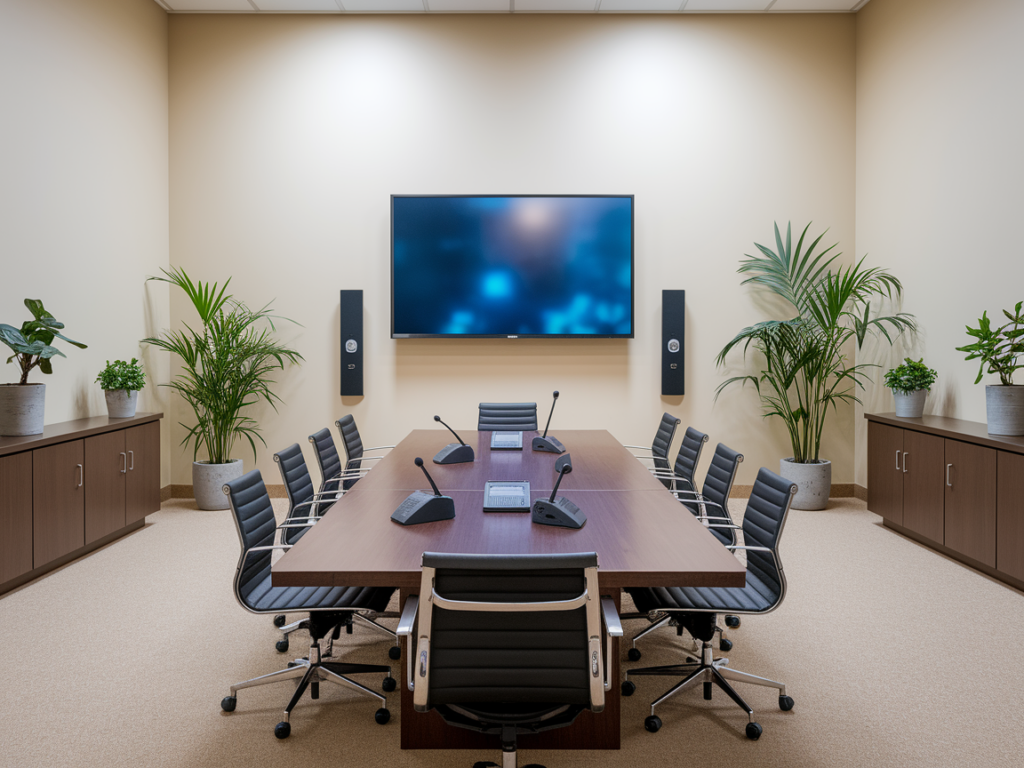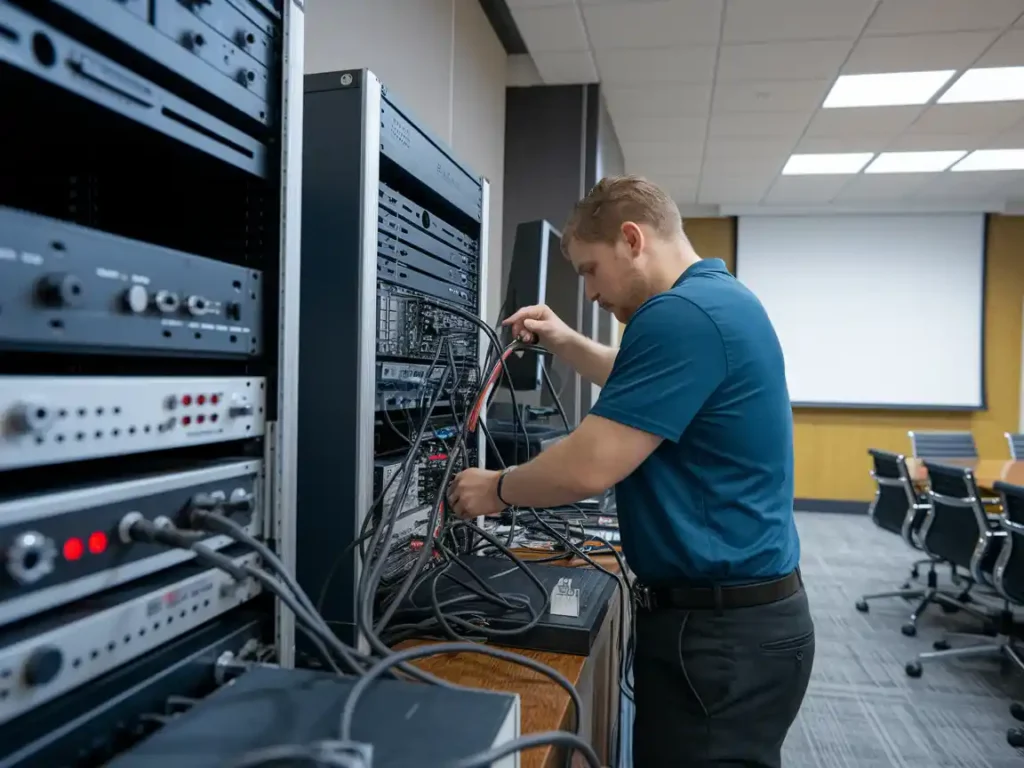Video conferencing could be an indispensable tool in this hectic digital life of the current world for any business, academic institution, and remote teams. Be it one who hosts the meetings with their clients, facilitates virtual training, or collaborates with teams beyond location, proper video conference system makes all the difference between those elements of communication efficiency and productivity.
There are just too many different options available within the market which might overwhelm you when choosing the best. This guide will help you understand the major factors for choosing an efficient video conferencing solution suitable for you.
Key Factors to Consider
Ease of Use and Accessibility
A user-friendly video conferencing system should have little or no technical expertise and be easy to set up. Platforms with simple interfaces, installation processes, and cross-device compatibility allow for the joining of meetings from desktops, tablets, or smartphones.
Video and Audio Quality
Clear video and high-quality audio are essential for proper communication. Make sure the system supports HD video, noise cancellation, and echo reduction to enable smooth interaction with no interference. PTZ cameras can be integrated for better video coverage, while wireless microphones or gooseneck microphones can be used for a clearer audio signal in conference rooms.
Compatibility with Current Tools
The system should be seamlessly integrated into your business tools, such as email clients, calendar apps, and project management software. Integration into Microsoft Teams, Zoom, Google Meet, or Webex also maximizes the smooth workflow and minimizes technical problems.
Security and Privacy
Data protection is a critical requirement in business and confidential meetings. The systems to look for ensure end-to-end encryption, password-protected meetings, and conformity with security standards such as GDPR or HIPAA.
Scalability and Features
Your video conferencing needs may evolve with time. Choose a system that can scale to support features such as screen share, virtual backgrounds, breakout rooms, and cloud recording of the meeting. PTZ cameras may be integrated, which come with auto tracking and high resolution to enhance virtual engagement. Make use of wireless microphones and gooseneck microphones to ensure clear audio of the voice in small and large meetings.
Cost and Budget Requirements
There are different price models in which video conferencing solutions come with: free, subscription-based, and enterprise plans. Compare the budget with features to choose an appropriate solution, not at any cost but an economical one, and it also should not hamper the quality.
Popular Video Conferencing Solutions
Amongst the following video conferencing solutions are those which are largely used:
- Zoom- user friendly, reliable and feature rich
- Microsoft Teams-Best suited to organizations that operate Office 365 with no difficulty at all and offers smooth integration.
- Google Meet – A safe and accessible option, ideal for Google Workspace users.
- Webex – Feature-rich solution for enterprise-level communication.
- Zoho meet – High-quality video and Dolby Voice audio for premium conferencing.
Conclusion
The choice of video conferencing software would be based on the specific needs-whether it was for business meetings, training programs online, or remote collaborations. Based on aspects such as usability, security, integration, and budget, one can surely get a suitable solution that heightens communication but also raises productivity.
Looking for expert guidance on selecting the best video conferencing system for your organization? Contact DORA Solution today to explore tailored solutions that fit your business needs.


